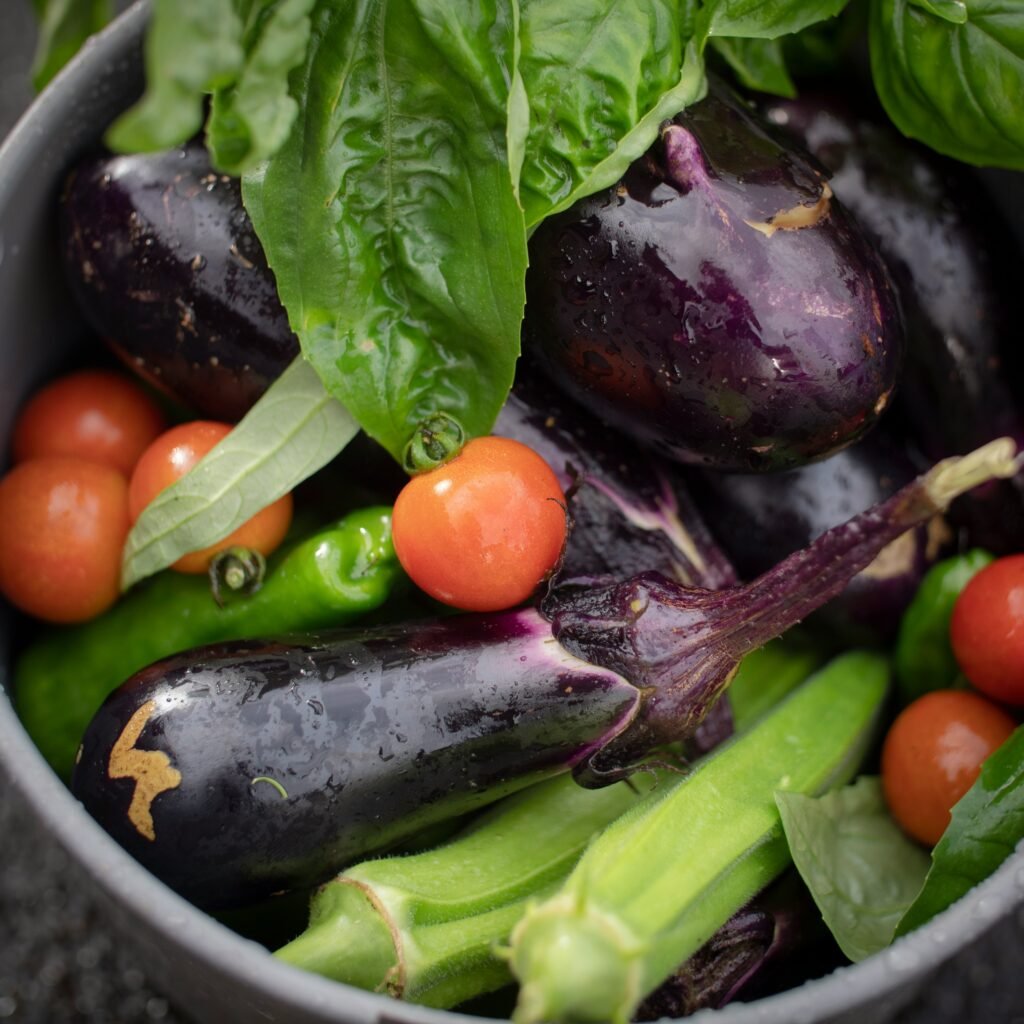Search for Vegetarian, Vegan,
Halal restaurants and more in Japan!
Search for Vegetarian, Vegan, Halal restaurants and more in Japan!

Photography by Jinomono Media on Unsplash
Yes, and the number is steadily growing. Major cities like Tokyo, Kyoto, and Osaka have seen a rise in vegetarian and vegan restaurants — from traditional shōjin ryōri (Buddhist temple cuisine) to modern cafés serving plant-based ramen and desserts. Apps and sites like ItadakiMAP (this humble page), HappyCow, or even a quick search on Google Maps (try “vegetarian” or “vegan”) can point you in the right direction. You won’t find vegetarian food on every corner, but with a little searching, you’ll discover some truly thoughtful and flavorful options.
Japan is on a journey toward becoming more vegetarian-friendly, even if it’s not always straightforward. While more restaurants are offering meat-free dishes, traditional Japanese cuisine often includes hidden animal products — most notably dashi, a flavorful broth often made from fish flakes. Vegetarian options do exist, but a bit of research and a few key phrases in Japanese can make all the difference. It’s worth the effort — you’ll uncover meals that are both authentic and aligned with your needs.
Navigating the Japanese food scene as a vegan is possible — if you know where to look. There are vegan restaurants, bakeries, and even convenience store items that cater to plant-based diets. However, ingredients like fish stock, bonito flakes, and egg-based sauces can be surprisingly common in dishes that appear plant-based. Dedicated vegan restaurants are your safest bet, and it’s always worth asking about ingredients — especially the broth. International restaurants also tend to be more familiar with dietary restrictions.
It can take some effort. Wheat appears in soy sauce, noodles, breaded items, and more. That said, awareness of gluten-free diets is increasing, especially in areas with international visitors. Learn the phrase 小麦は食べられません (Komugi wa taberaremasen — “I can’t eat wheat”) and get used to checking labels. Some stores and restaurants carry or serve gluten-free goods, but don’t expect wide availability — planning ahead is key.
Eating keto in Japan takes a little strategy, but it’s entirely doable. While rice and noodles dominate many meals, there’s a rich array of low-carb-friendly foods: grilled meats, sashimi, tofu, eggs, leafy vegetables, and fermented side dishes. And convenience stores often stock boiled eggs, cheese, or unsweetened drinks. Yakiniku (Japanese BBQ) restaurants are a particularly keto-friendly option — just go easy on the sauces and avoid the rice-heavy sides.
Yes, especially in international centers like Tokyo, Osaka, and Kyoto. Look for restaurants with halal certification, or try Middle Eastern, South Asian, or Indonesian cuisine, which often follow halal practices. Some Japanese restaurants are beginning to offer Muslim-friendly menus, especially near mosques or tourist areas. Apps like Halal Navi and local community boards can be helpful when searching for verified options.
Kosher dining in Japan is limited, but not impossible. A few kosher-friendly spots exist in Tokyo, often in connection with Chabad centers or international hotels. Many kosher travelers rely on self-catering or bring packaged goods. You may also find some kosher items in international supermarkets — but the selection is modest, so planning ahead is advised.
These apps and websites can make a big difference:
Having one or two of these ready before you travel can make spontaneous meals much easier.
A few clear phrases can go a long way. These are good starters:
Consider having these written down or saved on your phone to show when needed — they’re simple, but effective.
Use this phrase:
「ベジタリアンの料理はありますか?」 (Bejitarian no ryōri wa arimasu ka?) – “Do you have vegetarian food?”
It’s polite, clear, and usually understood. If your needs are more specific, consider bringing a printed card with a short explanation in Japanese. It’s a small gesture that can help staff understand and accommodate you with confidence.